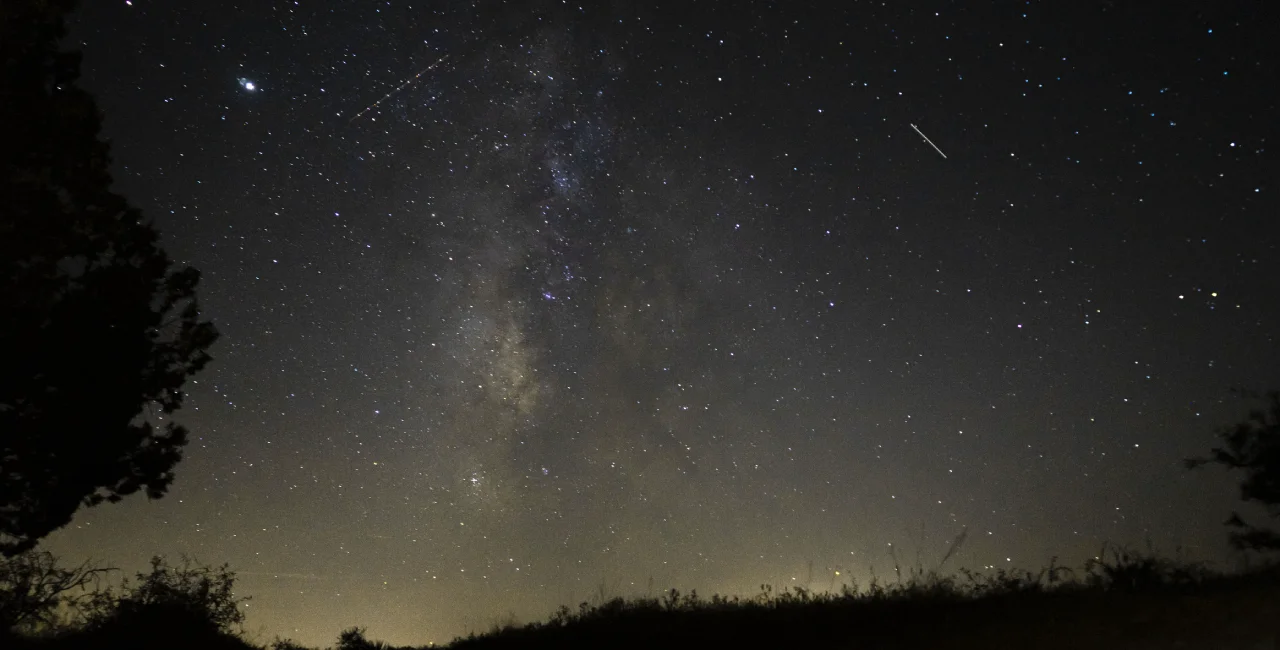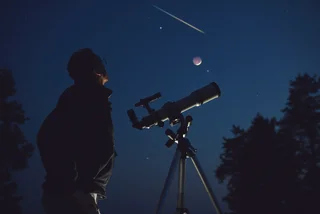The Orionid meteor shower will reach its peak on the evening of October 21 and 22, 2023, and is set to grace the Czech skies under favorable conditions this year. Clear skies this weekend will make for some optimal viewing outside of large cities.
This meteor shower is a result of Earth passing through particles left behind by Halley's Comet, providing sky gazers with a breathtaking display. The Orionids can be identified by their speed, as they travel at approximately 66 kilometers per second, creating swift streaks across the night sky.
While the Orionids are not exceptionally active, they occasionally produce luminous meteors, often referred to as bolides. This meteor shower's activity is gradual, spanning from October 2 to November 7, making it possible to observe the Orionids several nights before and after the peak.
How to see the Orionid meteor shower from Czechia
It is essential to view the meteor shower from locations far from urban areas to minimize light pollution. In the Czech Republic, these include rural locations outside of major cities like Prague or Brno.
"The maximum of the meteor shower will occur at night in the morning hours from Saturday to Sunday," Pavel Koten from the Astronomical Institute of the Academy of Sciences tells iRozhlas.cz. "At that time, we might be able to see about 20 meteors belonging to this meteor shower in a clear and dark sky.
"Suitable conditions are around one in the morning, because the Moon will be below the horizon and the radiant of the meteor shower will already be high enough. So we should see quite a few meteors."
As the meteor shower's best viewing times approach, eager stargazers should look up toward Orion, focusing on the point directly overhead. For optimum meteor spotting, it is recommended to observe the Orionids between 1 a.m. and 5 a.m., when Orion stands high in the sky.
The Orionid meteor shower will reach its peak on 21 October, and should provide a spectacular display from almost anywhere in the world with clear skies https://t.co/OGNAxLOeXH
— New Scientist (@newscientist) October 20, 2023
PARTNER ARTICLE
The Orionid meteor shower offers a unique opportunity for skywatchers to witness the remnants of Halley's Comet. While the Orionids are part of lesser-known stable of meteor showers compared to the Perseids and Geminids, this celestial event is a spectacle not to be missed.
The peak of this annual spectacle coincides with the moon in its first quarter, residing low above the horizon within the constellation of Aquarius. This celestial luminary will gracefully set before midnight, providing ideal conditions for meteor viewing.
The Orionid meteor shower is the first of two celestial events slated to be visible over the Czech skies over the coming week.
A partial lunar eclipse will take place on October 28. This one will be obvious to the naked eye, as the full shadow of the earth will cover part of the moon. From Prague, a sliver of the lower part of the moon should turn deep red, reaching its maximum at 8:14 p.m. on October 28.












 Reading time: 2 minutes
Reading time: 2 minutes 
























